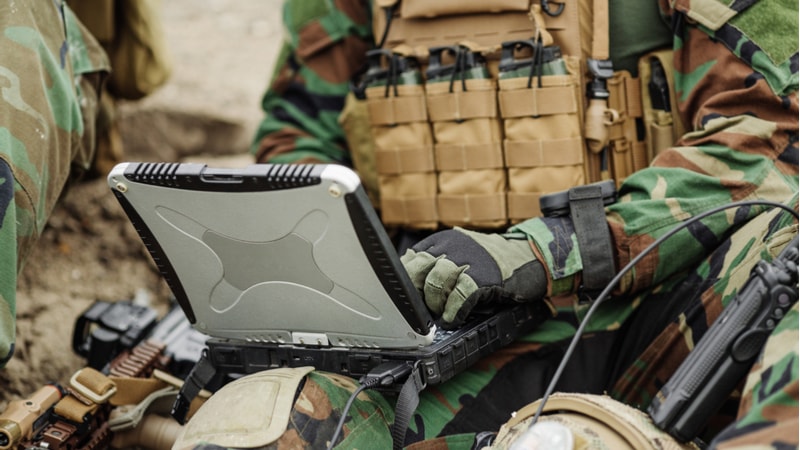
Legislation introduced in the House and Senate this week aims to speed development of the Defense Department’s (DoD) Joint All-Domain Command and Control (JADC2) initiative – one of the Pentagon’s top modernization priorities.
The bill features specific directions to three DoD areas to steer development of JADC2, including the deputy chief technology officer for mission capabilities of the Office of the Under Secretary of Defense for Research and Engineering; the executive director for acquisition, integration, and interoperability of the Office of the Under Secretary of Defense for Acquisition and Sustainment; and the chief digital and artificial intelligence officer (CDAIO).
The JADC2 initiative encompasses DoD’s push to empower Joint Force Commanders with the capabilities needed to command the Joint Force across all warfighting domains and throughout the electromagnetic spectrum to deter or defeat any adversary at any time and in any place around the globe.
The Joint All-Domain Command and Control (JADC2) Implementation Act introduced in the House by Rep. Darrell Issa, R-Calif., would “accelerate the identification of solutions to the challenges of the Joint Force by assigning to specific components of the Department of Defense certain responsibilities for the delivery of essential integrated joint warfighting capabilities,” the bill’s text states.
A companion version of the bill was introduced in the Senate by Sen. Joni Ernst, R-Iowa.
According to Rep. Issa’s office, the legislation “will allow commanders to bring to bear any U.S. military asset, regardless of service branch.”
“This flexibility and integration cuts through technological barriers known to stifle the ability of military leaders to coordinate weapons systems on the battlefield,” the congressman’s office said.
The legislation, Rep. Issa’s office said, would clarify and assign “responsibilities to appropriate offices within the Department of Defense,” and provide “Pentagon personnel with the authority and resources they need to prototype cutting-edge technology and put it straight into the hands of front-line operators.”
“The JADC2 Implementation Act enables the right people and programs at the Pentagon to deploy needed strategies in a transformative way,” Rep. Issa said in a statement. “These capabilities will be a force multiplier for military efforts abroad and achieve smooth and efficient integration of warfighting units on the battlefield.”
“No matter the service branch, commanders should have access to critical capabilities to best equip our warfighters and better coordinate our military’s efforts across air, land, sea, space, and cyber,” Sen. Ernst said.
A reading of the bill shows it would put in place very specific management responsibilities at DoD for JADC2, including the following:
- The deputy chief technology officer for mission capabilities of the Office of the Under Secretary of Defense for Research and Engineering will be responsible for 1) identifying new technology and operational concepts for experimentation and prototyping for delivery to the Joint Force to address key operational challenges; and 2) providing technical support for the Joint Force in exploring and analyzing new capabilities, operational concepts, and systems-of systems composition, including through advanced modeling and simulation; and executing associated experimentation through the Rapid Defense Experimentation Reserve or another mechanism.
- The executive director for acquisition, integration, and interoperability of the Office of the Under Secretary of Defense for Acquisition and Sustainment will be responsible for 1) enabling the acquisition of cross-domain, joint, and cross-system kill chains and mission capabilities, including resourcing of modifications necessary for integration and interoperability among kill chain and mission components; and 2) ensuring the effectiveness of cross-domain, joint, and cross-system kill chains and mission capabilities through analysis and testing.
- The CDAIO will be responsible for 1) creating and operating a factory-based approach for software development that allows for iterative, secure, and continuous deployment of developmental, prototype, and operational tools and capabilities from multiple vendors to test networks and operational networks combatant commanders to gain operational awareness, make decisions, and take actions; integrate relevant data sources to support target selection, target prioritization, and weapon-target pairing; and prosecute targets through military service and combat support agency networks, tools, and systems.
The bill also would task the DoD CDAIO with reporting to Congress by March 2024 with progress on demonstrating and deploying a joint data integration layer prototype in the U.S. Indo-Pacific Command area of operations, a plan on transitioning that prototype to fielding, and a plan for scaling that capability across other areas of operations, among other tasks.
